Bankim Nagar, Siliguri, West Bengal
- GST NO. : 19BHDPS7640K1ZR
10 Essential Tips for Effective Stimulation Machine Therapy Usage
Stimulation Machine Therapy has emerged as a vital component in the realm of rehabilitation and pain management, offering innovative solutions to enhance patient recovery and overall well-being. According to a report by the National Institute of Health, approximately 20% of adults in the United States experience chronic pain, making effective treatment modalities essential for improving quality of life. The integration of stimulation machines in therapeutic practices not only addresses pain but also promotes muscle recovery and enhances circulation, demonstrating its multifaceted benefits.
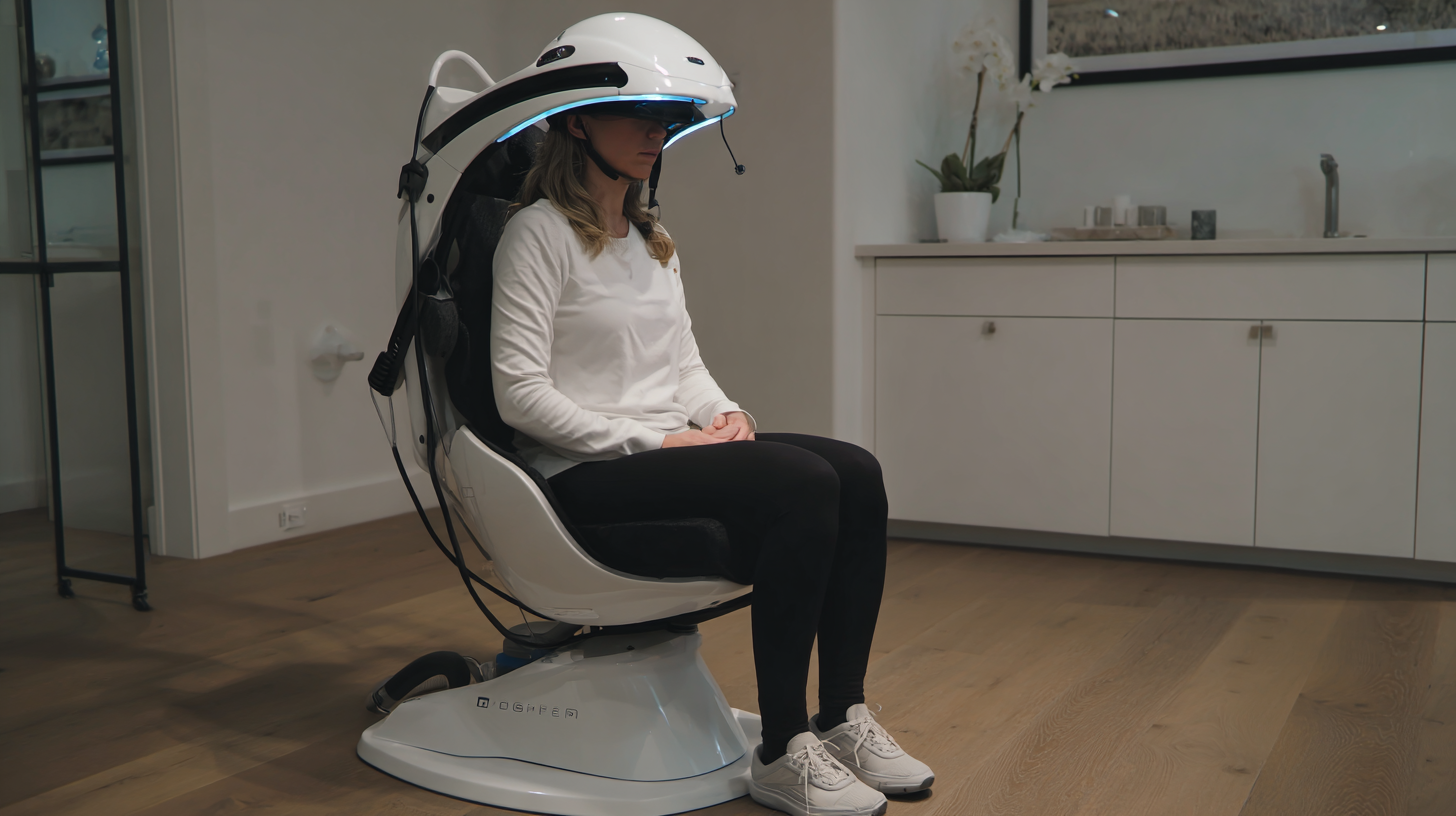
In recent years, advancements in technology have significantly improved the efficacy of Stimulation Machine Therapy. A survey conducted by the American Physical Therapy Association revealed that over 75% of physical therapists reported positive outcomes when utilizing these machines in their treatment protocols. As practitioners seek to optimize therapy methods, understanding the nuances and best practices associated with Stimulation Machine Therapy becomes increasingly important. This article outlines ten essential tips that will empower healthcare professionals and patients alike to harness the full potential of these therapeutic devices, ultimately leading to safer and more effective treatment outcomes.
Understanding the Basics of Stimulation Machine Therapy
Stimulation machine therapy has gained significant attention for its effectiveness in pain management and rehabilitation. This therapy typically involves the use of devices that deliver electrical impulses to targeted areas of the body, promoting muscle contractions or nerve stimulation. Understanding the basics of how these machines work is crucial for maximizing their benefits. They can help in reducing pain, improving circulation, and enhancing muscle strength when used correctly.
To begin with, it’s essential to familiarize yourself with the different types of stimulation machines available. Each device has specific settings and applications suited for various therapeutic needs, such as TENS (Transcutaneous Electrical Nerve Stimulation) for pain relief or EMS (Electrical Muscle Stimulation) for muscle rehabilitation. Additionally, knowing how to properly adjust the intensity and frequency settings can significantly impact the therapy's effectiveness. Proper placement of electrodes is also vital; incorrect positioning can lead to suboptimal results or discomfort.
Moreover, always consult with a healthcare professional before starting stimulation machine therapy. They can provide personalized guidelines based on your health condition and therapy goals. Understanding your body’s response to the therapy can lead to more effective usage, ensuring a safer and more beneficial experience. By grasping these foundational concepts, you can better navigate the world of stimulation machine therapy and harness its potential for improved health outcomes.
Choosing the Right Stimulation Machine for Your Needs
Choosing the right stimulation machine is crucial for maximizing the benefits of therapy. First, it's important to assess your specific needs. Different conditions may require different types of stimulation; for instance, a machine designed for pain relief might not be effective for muscle rehabilitation. Before making a purchase, consult with your healthcare provider to determine the most suitable type for your therapeutic goals.
Tip #1: Always consider your budget and the features you genuinely need. Higher-priced models often come with advanced functions, but these may not be necessary for your treatment. Evaluate the essential features such as intensity settings and pad flexibility to find the best value.
Tip #2: Research and read reviews before selecting a machine. User experiences can provide insight into the effectiveness and durability of various models. Look for machines that have been recommended specifically for your condition, and consider how user-friendly they are. A machine that is easy to operate will encourage regular use and enhance your therapy's effectiveness.
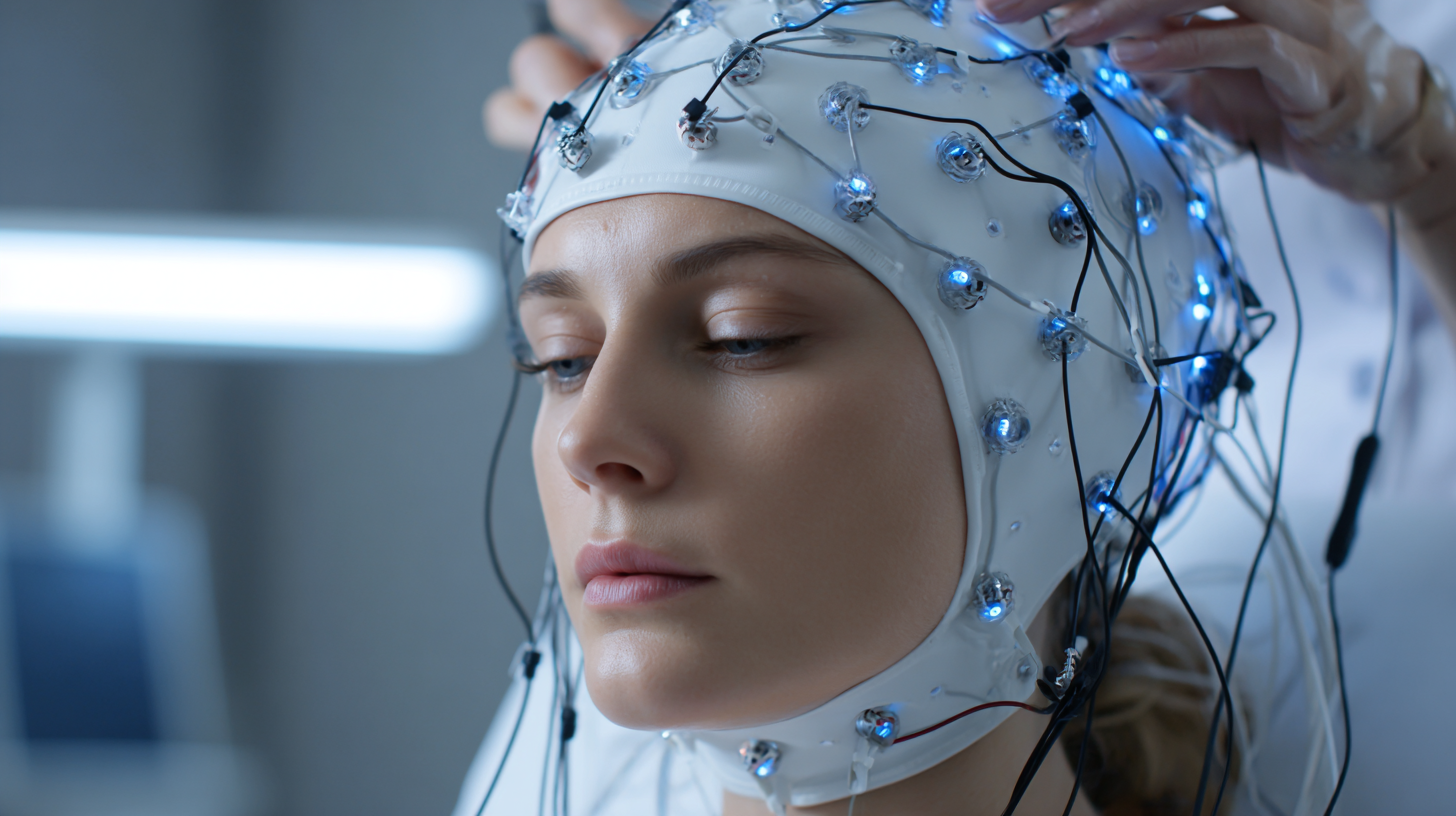
Best Practices for Safe Usage of Stimulation Machines
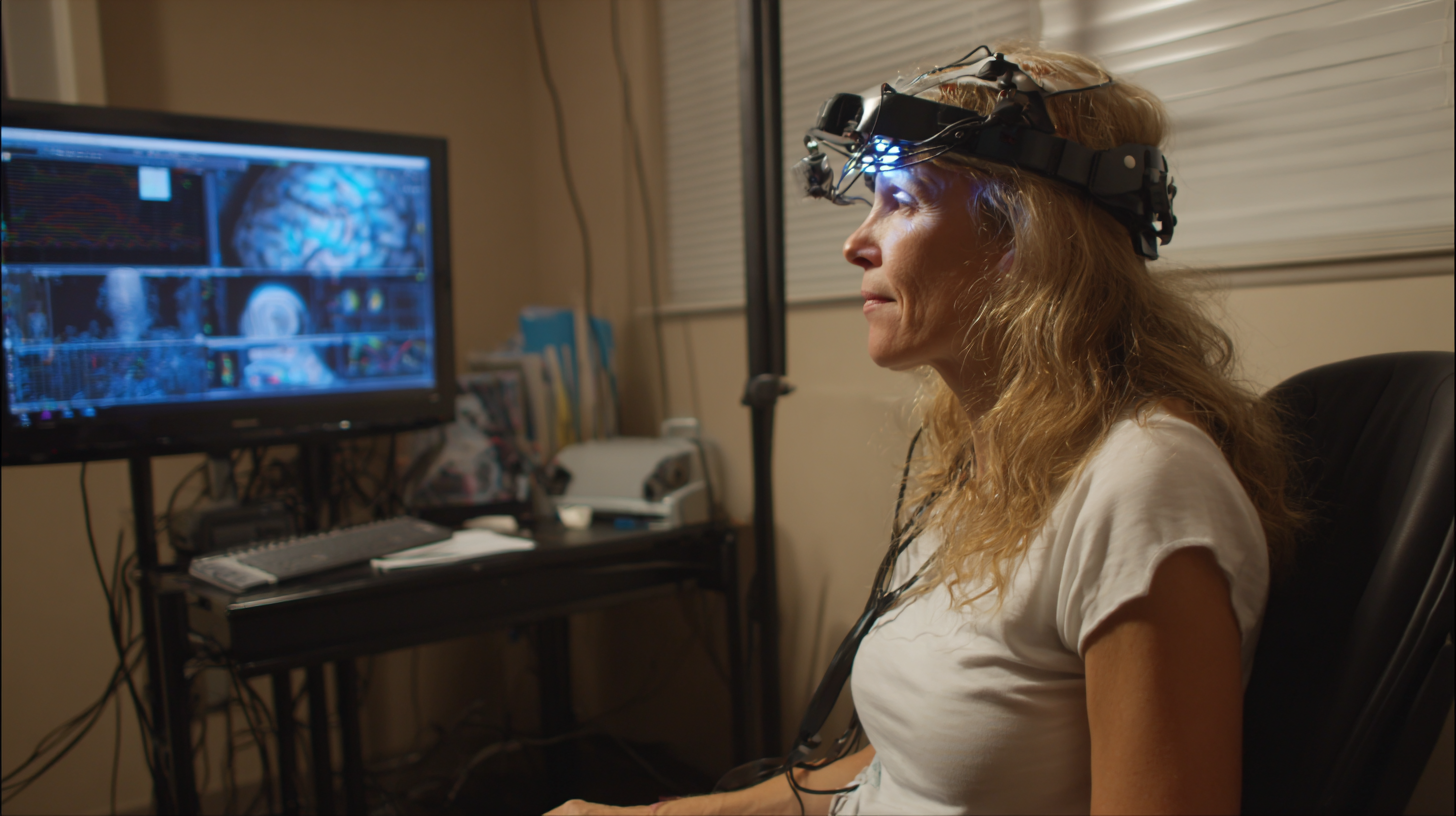 When using stimulation machines for therapeutic purposes, ensuring safety is paramount. First, always consult a healthcare professional before starting any therapy. They can guide you in selecting the appropriate type of stimulation machine based on your specific needs and conditions. Additionally, it's crucial to read the manufacturer's instructions thoroughly. Familiarizing yourself with the device's features and limitations will reduce the risk of improper usage, which could lead to discomfort or ineffective treatment results.
When using stimulation machines for therapeutic purposes, ensuring safety is paramount. First, always consult a healthcare professional before starting any therapy. They can guide you in selecting the appropriate type of stimulation machine based on your specific needs and conditions. Additionally, it's crucial to read the manufacturer's instructions thoroughly. Familiarizing yourself with the device's features and limitations will reduce the risk of improper usage, which could lead to discomfort or ineffective treatment results.
Secondly, start with lower intensity settings. This approach allows your body to gradually adapt to the stimulation. Monitor your body's response during and after each session; any unusual pain or discomfort should prompt an immediate adjustment in settings or a consultation with a healthcare provider. Moreover, maintaining a clean and dry skin surface at the electrode site is essential to prevent skin irritation or infections. Regularly check the equipment for wear and tear to ensure optimal performance and safety during each treatment session. By adhering to these best practices, you can maximize the benefits of stimulation machine therapy while minimizing potential risks.
Incorporating Stimulation Therapy into Your Daily Routine
Incorporating stimulation therapy into your daily routine can transform your overall well-being while promoting recovery and pain relief. According to a report by the National Center for Biotechnology Information, stimulation therapies, including electrical stimulation and TENS (Transcutaneous Electrical Nerve Stimulation), have shown a significant reduction in chronic pain levels, enabling individuals to regain functionality and enhance their quality of life. Research indicates that regular use can lead to improvements in muscle strength, endurance, and joint mobility, making it a valuable addition to daily rehabilitation regimens.
To effectively integrate stimulation therapy into your routine, it's important to set aside specific times for its application, just as you would for exercise or medication. Establishing a habit can improve adherence and maximize its benefits. A study published in the Journal of Rehabilitation Research and Development found that participants who utilized stimulation devices consistently experienced a 30% greater improvement in their condition compared to those who used them sporadically. By leveraging these devices during routine activities—such as watching television, reading, or even during light chores—users can seamlessly weave therapy into their lives, ultimately improving their recovery outcomes and daily comfort levels.
Usage Frequency of Stimulation Machine Therapy
This chart illustrates the frequency of stimulation machine therapy usage among individuals incorporating it into their daily routines. Regular use is essential for achieving optimal results.
Monitoring Progress and Adjusting Therapy Techniques
Monitoring progress in stimulation machine therapy is crucial for optimizing patient outcomes. Just like in various fields of healthcare, such as cognitive behavioral therapy and seasonal malaria chemoprevention, tracking treatment efficacy and making necessary adjustments can significantly enhance patient care. Regularly measuring the effectiveness of therapy techniques allows practitioners to identify any areas that may require modification, ensuring that the interventions remain aligned with the patient's evolving needs.
Furthermore, advancements in technology, such as AI-driven management systems, can play a vital role in this monitoring process. These systems enable real-time decision support and personalized tracking, making it easier to assess progress and adapt therapies as needed. By integrating data-driven approaches into therapy practices, therapists can offer tailored experiences that not only address immediate concerns but also promote long-term wellness. Thus, effective stimulation machine therapy necessitates a commitment to continuous assessment and the flexibility to shift techniques in response to individual patient feedback and outcomes.
Related Posts
-
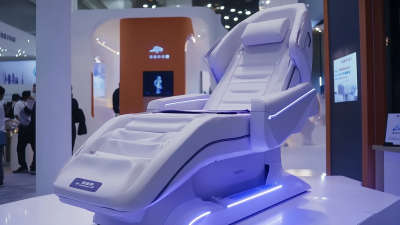
Top 10 Electric Therapy Machine Manufacturers from China Featured at the 137th Canton Fair
-
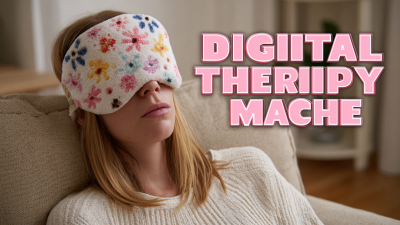
Choosing the Right Manufacturer for the Best Digital Therapy Machine How to Compare Features and Quality
-
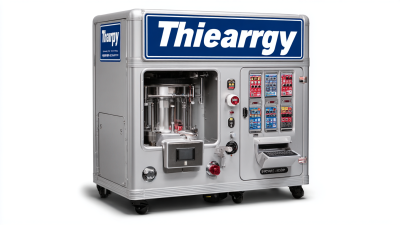
Finding Quality Suppliers for Best Therapy Machines with a Practical Checklist Guide
-

Ultimate Checklist for Selecting the Right Pulmonary Function Machine
-

Top 7 Best Mobile Ecg Machines Transforming Healthcare Globally
-
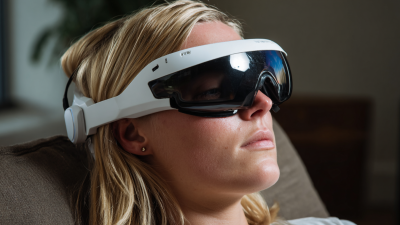
Experience the Future of Wellness with Advanced Biofeedback Equipment Solutions

